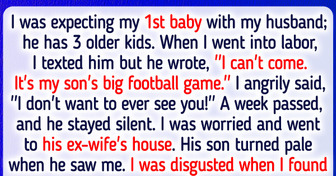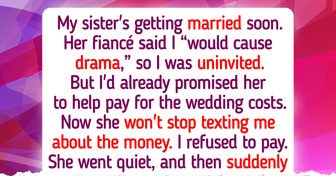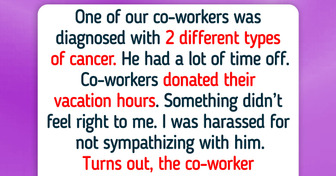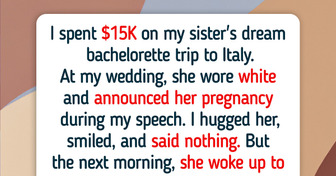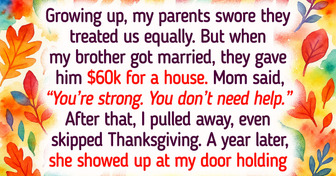20+ Comics That Prove It’s Not Easy Being a Woman, but We Sure Are Great at It
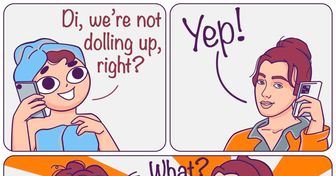
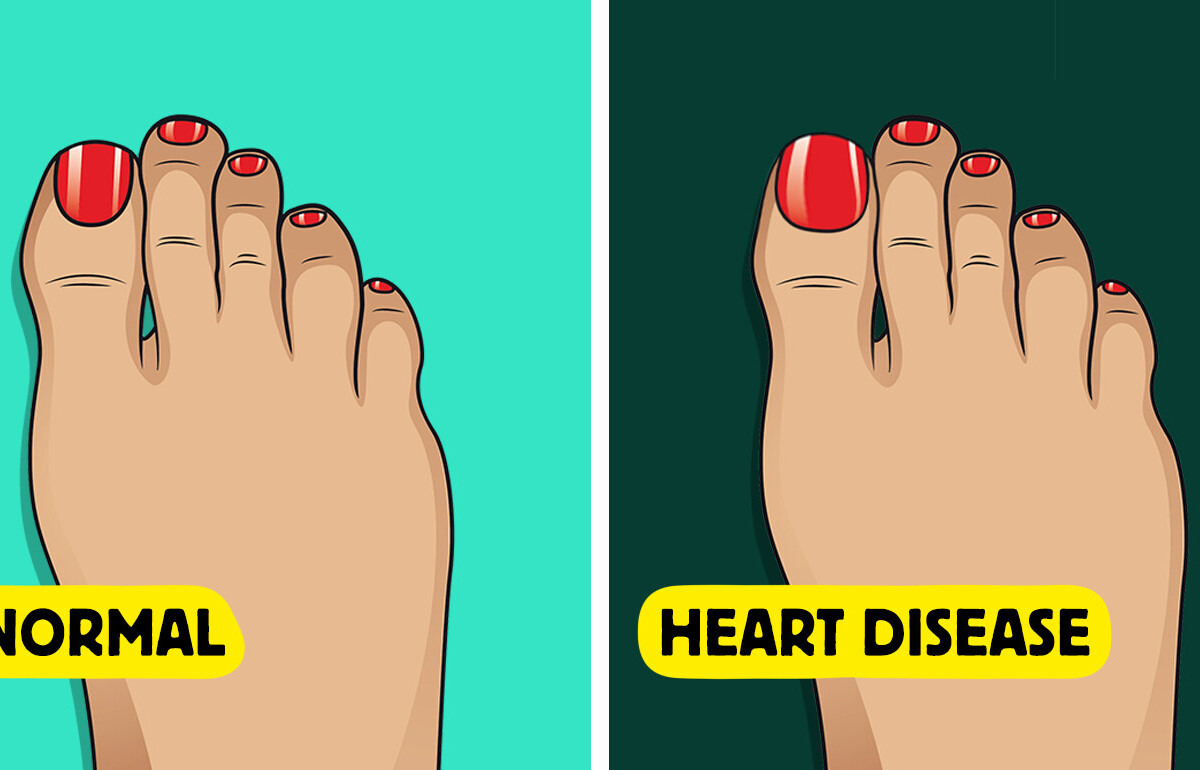
You likely already know what healthy toenails should look like—a smooth, light pink surface with a consistent color. But what happens when things aren’t quite right? Spots, streaks, discoloration, or unusual textures could be more than just cosmetic issues—they may signal hidden health concerns that deserve a closer look from a doctor.
CONTENT IS PROVIDED FOR INFORMATIONAL PURPOSES ONLY AND IS NOT INTENDED AS A SUBSTITUTE OF MEDICAL ADVICE. SEEK GUIDANCE OF YOUR DOCTOR REGARDING YOUR HEALTH AND MEDICAL CONDITIONS.
Toenails that thicken and turn yellow or light brown are often the first signs of toenail fungus. As the infection progresses, nails may become chalky, cloudy, or even opaque. In severe cases, they can crack, break, or detach from the nail bed.
Toenail fungus is an incredibly common issue, while it usually isn’t painful, ignoring it can lead to worsening nail health. In more advanced cases, nails can separate from the nail bed, and secondary infections may develop around the nail matrix.
Preventing fungus in the first place is all about keeping your feet clean and dry—especially in shared spaces like public showers. Regularly trim your nails straight across, and invest in shoes that allow your feet to stay dry and comfortable. Taking these steps can help keep your nails fungus-free and healthy.
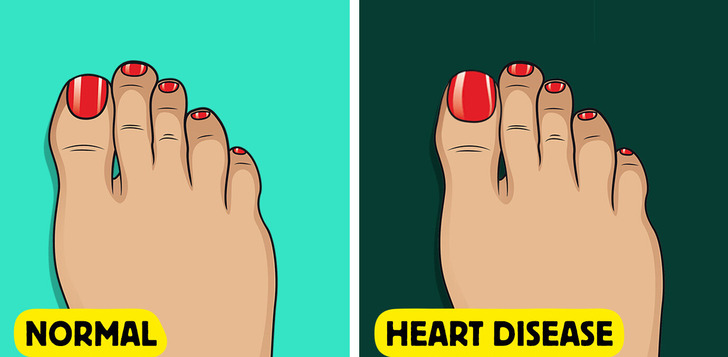
Clubbed toenails cause the nails to widen and take on a rounded, club-like appearance. This condition is often linked to serious health issues such as heart disease, lung disease, gastrointestinal disorders, or cancers, though it can also be inherited.
Clubbing can develop gradually, with the nail bulging and pointing downward. Tips may swell and take on a red tint. It’s usually a response to low blood oxygen levels or other abnormalities. If you notice clubbing, see a doctor for evaluation. Further testing may be needed, especially for underlying conditions like lung cancer.
Nails that look like they’ve been used to scoop sugar—concave or spoon-shaped—might be signaling iron deficiency anemia. This condition means your body isn’t producing enough healthy red blood cells, leading to fatigue and weakness. If your nails are doubling as tiny spoons, it’s time to consult a healthcare provider and possibly up your iron intake.
Beyond spooning, anemia can also cause your nails to become white and brittle. Iron deficiency anemia, in particular, can lead to nails that are pale and prone to breaking. If you notice these changes, it’s advisable to consult with a healthcare provider for appropriate evaluation and treatment.
If your toenails have taken on a blue or purple hue, it’s often a sign that your blood isn’t delivering enough oxygen to your extremities—a condition known as cyanosis. This can result from various issues, including heart and lung diseases that impair oxygenation.
In some cases, exposure to cold temperatures can cause temporary bluish discoloration due to reduced blood flow. However, persistent blue nails warrant medical evaluation to rule out underlying health problems.
Additionally, blue nails can sometimes indicate poisoning, particularly exposure to toxic substances like cyanide or heavy metals.
If your toe looks like it’s throwing a tantrum—red, swollen, and tender around the nail—you might be dealing with an ingrown toenail. If an ingrown nail crashes your party, resist the urge to DIY; seek professional help to avoid making matters worse.
Toenails grow significantly slower than fingernails, and scientists have dug into the reasons behind this odd difference.

